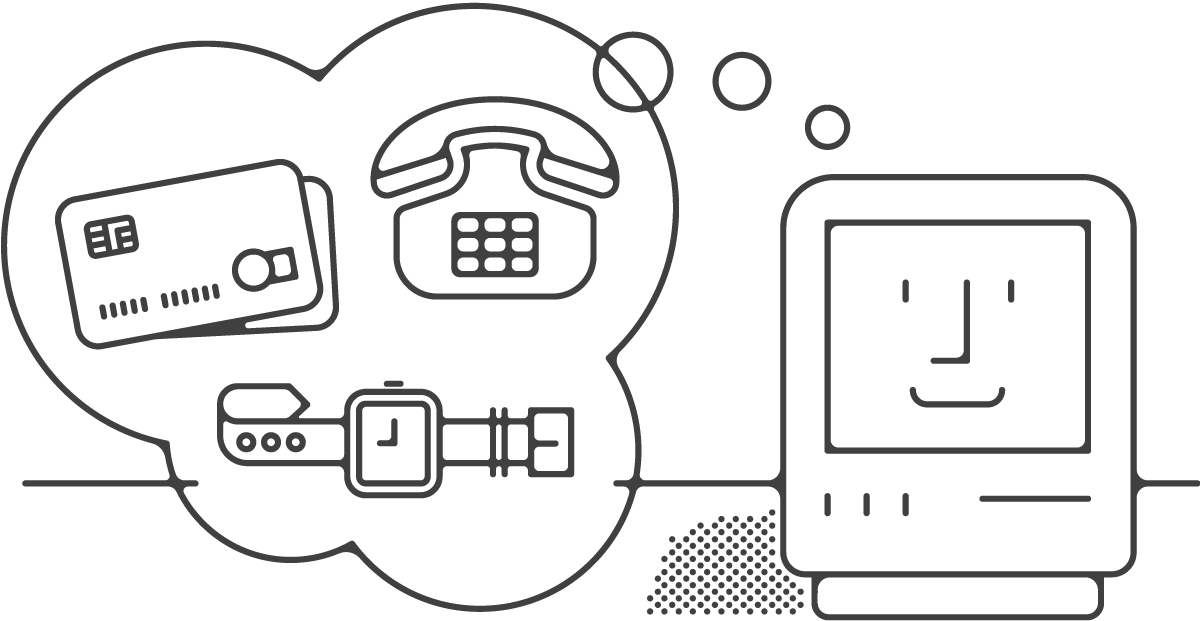Do you feel like things in your industry change around your business? Change is inevitable and changes happen over time. Every industry has change cycles it goes through – on a national level as well as a local level. We witness this in financial markets as well as supply chains.
These changes aren’t usually up to a business but are macro movements that cannot be stopped by any single business. The good news is that these changes provide information for you to adapt your business. A transformation as a business is like evolutionary biology; only through adaptation can a business respond to environmental changes and survive. This transformation takes two major aspects of the business: observing and testing.
Observations should be at the core of any business. It has been said that all elements of a business only exist to empower R&D (research and development). I couldn’t agree more. Observations (research) are the best way to provide value to the audience while finding a more unique position in the market. It’s a win-win for the business and the people it serves. Only stagnant businesses are perpetually worried about efficiencies, costs, and not “rocking the boat”, which ultimately leads to lesser quality offerings and a neglected audience. The trick here is that taking the time to observe and research is risky. It isn’t efficient. It is costly.
Most businesses will avoid taking the time, energy, and investment to research. They will rest where they are and just keep the status quo. Perhaps check-in with the competition and copy what they do when they feel threatened. Or better yet, maybe they will do the occasional sale to “drive” some revenue. These are short-term answers that are easy. They will harm the business in the long run and not transform it to where it needs to be. As they say, “what got you here won’t get you there…”
Testing gets even riskier. This is where you abstract from theories based on your observations and attempt to develop. Maybe it’s a new offering or service. A different positioning for the brand or a proactive answer to where the market is heading. Yes, it takes a bit of a scattershot approach. You truly don’t know what will stick, but the more you try something will eventually. As you test, the interesting thing is that you actually are conducting more research. Why did that new offering not work? How was the response to that positioning? Some businesses enter paralysis when asked to try something out. Whether that’s changing their pricing strategy, changing their logo, or even trying a different ad campaign. “This is the way we’ve always done it” they may say. Sure, that’s great that is has worked. However, how do you know it couldn’t be better?
As Peter Drucker says, “All profit is derived from risk.” So if R&D should be the engine within your business and profit only comes from risk, then how is your business providing value? Whether you’re selling books or consulting, there is an opportunity for you to refine your business. There’s room to challenge the way you have been doing business, to challenge your industry. The irony is that this is what all the big ones have done that we stand in awe of, from Amazon to Starbucks and Netflix to Apple. They all took a risk and relied heavily on observing and testing.

Based on these principles, if you’re not conducting R&D, your business won’t ever improve. It lacks the central engine to drive itself forward. It’s like if you stopped reading, getting exercise, or learning. You’ll lose all steam and slowly enter a state of stasis. Likewise, if you never take risks then you’ll be profitless. Maybe making ends meet, but never more. Constantly on the line. Stressed and constantly looking for areas to cut costs. When in reality, your time would be better spent researching and developing because the value you could create would bring much more to the table than what you could subtract in costs.
The transformation your business needs is not only to survive and provide maximum value to your audience, but it is actually a preventative measure for those market changes already mentioned. You see, this practice of R&D and the ability to take risks will help you keep a pulse on your market and thinking of better ways to create value that may not be subject to the industry changes. A good example of this was Starbucks doing online delivery/pickup tests for a good 18 months before 2020 forced all food and beverage to have to adopt the practice. They were testing the method and it was proving effective.
A business should always “be skating where the puck is going” — yes, you may not be 100% accurate every time and you shouldn’t put that expectation on your research and testing. However, it is definitely better to be somewhat right than 100% wrong.

